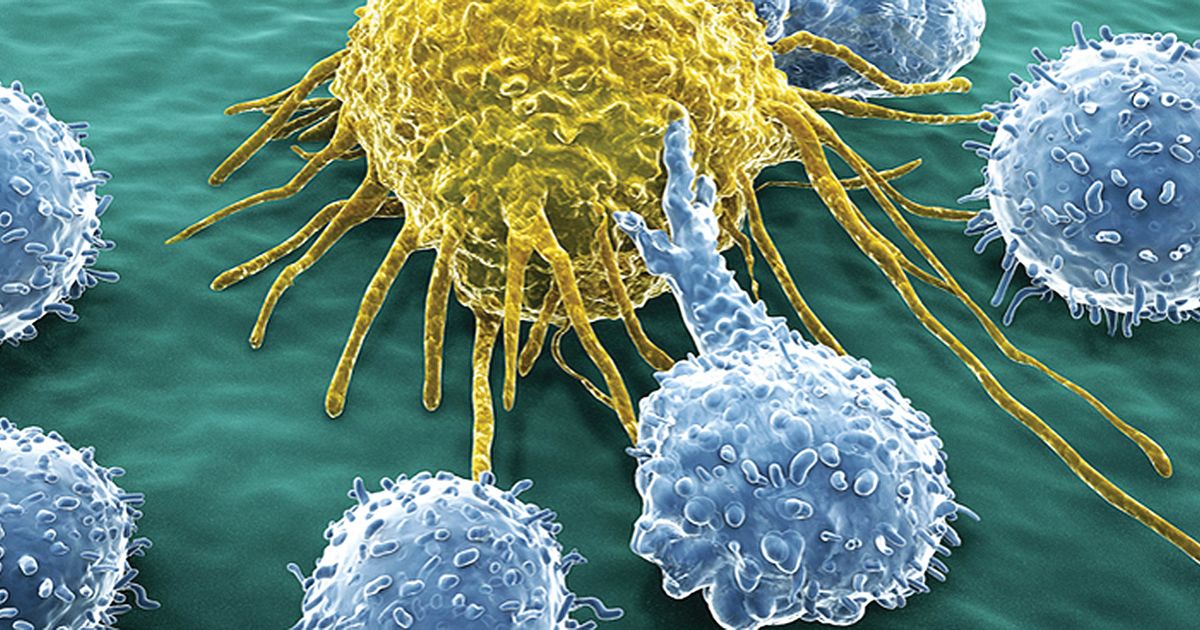Treatments For Large Cell Carcinoma
Surgery

Surgery is a common treatment method for large cell carcinoma. It might be recommended for numerous reasons, such as to remove a tumor or at least remove some so it is smaller. Removing some of it, a process referred to as debulking, may help reduce the risk of damage to the nearby body structures. This could also be done to decrease certain symptoms the tumor and its size might be causing. Surgical procedures may be done during the diagnostic phase to help in staging cancer or confirming the diagnosis of this disease. It might also be used to improve the efficacy of other treatments or as a palliative measure when a patient’s cancer is advanced. There are numerous techniques surgeons might employ for cancer. Cryosurgery kills cancer cells via freezing temperatures and electrosurgery kills cancer cells via an electrical current. Laser procedures might be considered when the surgeon needs extreme precision or when tumors are tiny. Microscopically controlled procedures may be done when delicate areas are being operated on.
Continue reading to reveal the details on the next large cell carcinoma treatment.
Immunotherapy

Immunotherapy is an option for large cell carcinoma that fights cancer by using the patient’s immune system. This may be accomplished by attacking the cells via stimulating the patient’s immune system or by providing the patient’s immune system with certain proteins and other components. There are four primary types of this therapy being used for cancer regularly. Immune checkpoint inhibitors essentially stop the body from keeping the immune system in check, so it has free rein to kill cancer cells. Non-specific immunotherapies provide a general boost to the immune system so it has the strength it requires to attack cancer cells. Monoclonal antibodies are a type of man-made immune system protein. These are made in a way that allows them to precisely focus and only attack a particular cancer cell component. Cancer vaccines are also classified as this type of therapy. They are typically used as a preventative measure, but in some cases, they may also be used as part of a treatment regimen.
Continue reading to reveal a new way to treat this form of cancer.
